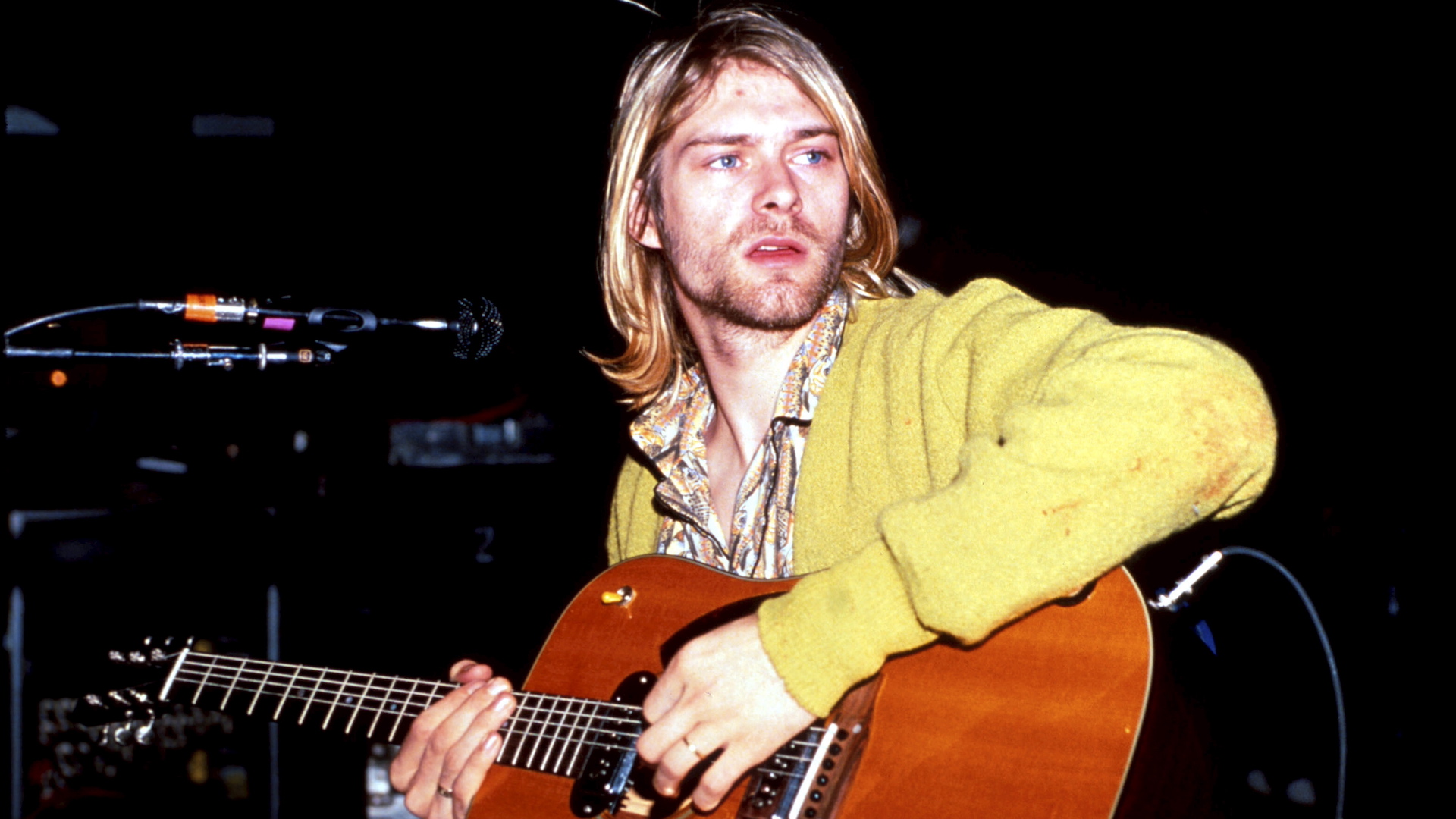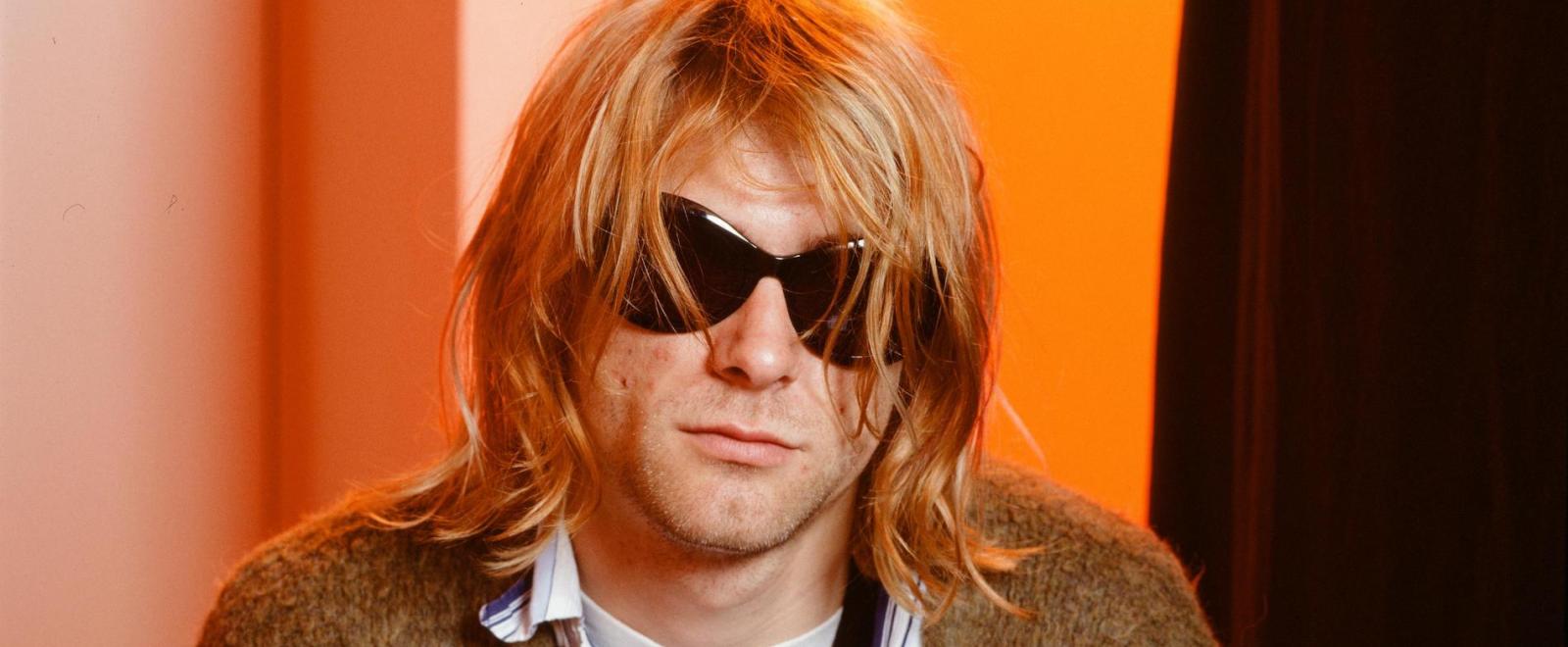
The Supremes
Nirvana, The Supremes, And Other Music Icons Will Be The Latest Grammy Lifetime Achievement Award Recipients

The 2023 Grammys continue to take shape. All nominees were revealed in mid-November, including a record-breaking nod for Bad Bunny, with Beyoncé leading the field. Last month, Trevor Noah confirmed to Billboard that he will host the ceremony.
This morning, January 5, the Recording Academy announced which musical icons will be honored with this year’s Lifetime Achievement Award, as relayed by The Hollywood Reporter: Nirvana, Ma Rainey, Slick Rick, The Supremes, Nile Rodgers, Bobby McFerrin, and Ann Wilson and Nancy Wilson of Heart.
The publication additionally pointed out that the awards will be given posthumously to Rainey, Nirvana’s Kurt Cobain, and The Supremes’ Mary Wilson and Florence Ballard. Diana Ross was previously given the Lifetime Achievement Award as a solo artist in 2012. Ross is also nominated for the Best Traditional Pop Vocal Album category for Thank You, released in November 2021 as her first solo release since I Love You in 2006 and first original material since 1999’s Every Day Is A New Day.
The Special Merit Awards Ceremony is scheduled for Saturday, February 4 at Los Angeles’ Wilshire Ebell Theatre.
The 2023 Grammys will air live on CBS (and stream live on Paramount+) from LA’s Crypto.com Arena on Sunday, February 5.
“A lot of what I would suggest is what I’ve heard [Recording Academy CEO] Harvey [Mason Jr.] talk about: trying to create a Grammys where the music reflects the awards show and the awards show reflects the music,” Noah told Billboard of what he would change about the Grammys. “Oftentimes [with] award shows, there may be a disconnect between the general public who are consuming music and the people who are voting on the music. It’s important for every award show [that] wishes to maintain its relevance to understand that difference. The audience isn’t wrong in having different tastes or a preference on whom they wish to see. I think in music as a whole, you have to acknowledge that, and the Grammys has, albeit slowly.”
Why The Supremes Deserve To Be Held In The Same Regard As The Beatles

With the recent release of the six-hour Beatles documentary, Get Back, music fans have been re-examining the Fab Four’s body of work, achievements, and impact. And rightly so — the group absolutely set standards for what achievement and excellence in popular music could look like. But, what if you found out that there was another group who achieved twelve No. 1 singles, who knocked The Beatles out of the No. 1 spot on the Billboard 100 not once but three times; who appeared on the Ed Sullivan show eleven times to the Liverpudlians’ three visits; who released 20 albums between the years 1962 and 1970, and who toured and performed long after The Beatles retired from live concerts in 1966?
That group was none other than The Supremes, the Motown trio consisting of Diana Ross, Mary Wilson, and Florence Ballard. And yet, these women haven’t received half the accolades and hero worship that is attached to The Beatles. That’s because the primacy of the Fab Four as the platonic ideal of serious musicians worthy of study and consideration is deeply entrenched and unquestioned. But The Supremes made history, broke records, and set standards at a level that deserves the same level of regard.
The first argument against this position will undoubtedly be that The Supremes didn’t write their songs, nor did they play any instruments. Yes, The Supremes benefited from the same hit-making machine that all the Motown artists used — songwriters Holland-Dozier-Holland and the stellar house band, The Funk Brothers. They also greatly benefited from the creative vision of Motown founder and CEO Barry Gordy. But all of that behind-the-scenes skill and talent would have gone unheard without the voices of the three women who sang, performed, and interpreted the songs. You could try to argue that Barry Gordy could have gotten anyone else in the Motown family to sing the songs, except that the minute The Supremes became successful is when Holland-Dozier-Holland figured out how to write for Diana Ross’ voice.
The Beatles didn’t exist in a vacuum. They taught themselves to write songs by listening to and performing covers of American rhythm and blues artists. But they too were guided by seasoned professionals who had the skills to plug into The Beatles’ innate talents. Brian Epstein, the group’s manager, and George Martin, the A+R man who signed them to their record contract and produced their albums, provided equally decisive and impactful guidance and direction. Epstein influenced their visual image and presentation, and offered direction that helped the band evolve their live act to a more professional level. Martin was instrumental in piloting the band through the unwelcoming and unfamiliar recording studio process and knowledge required to successfully capture their sound on record, and remained a valued ally for life.
Both groups were incredibly successful from a commercial standpoint. Their chart histories on the all-important Billboard Hot 100 Singles chart is a literal hit parade. The Supremes reached the No. 1 position no less than twelve times within a five year period, which included five No. 1 singles in a row in 1964 and 1965: “Where Did Our Love Go,” “Baby Love,” and “Come See About Me” in 1964, then “Stop! In The Name of Love” and “Back In My Arms Again” in 1965. By comparison, The Beatles achieved 20 No. 1s, beginning with “Please Please Me” in 1963. But their activity directly impacted each other: “Come See About Me” knocked The Beatles’ “I Feel Fine” out of the No. 1 spot, “Stop! In The Name of Love” replaced “Eight Days A Week,” and in 1968, “Love Child” toppled none other than “Hey Jude,” which had stayed in the top slot for almost five months.
Both The Beatles and The Supremes toured and performed live, and once both groups hit the charts, they were constantly in demand. The Supremes got started in one of the traveling revue types of shows popularized in the 1950s, Dick Clark’s ‘Cavalcade Of Stars,’ where they started at the bottom, not even appearing on the marquee. By the tour’s end, they were the headliners due to the success of “Where Did Our Love Go.” They also toured with Berry Gordy’s own operation, the Motortown Revue, played their own headlining shows, and as part of Gordy’s strategy to move The Supremes into the mainstream, played residencies in Las Vegas and the Copacabana in New York City. The Beatles, on the other hand, followed what is now the traditional rock and roll path of playing headlining shows in theaters, arenas, and, finally, stadiums. They wound up retiring from live performance in 1966 because Beatlemania made it dangerous and artistically unrewarding. The perils the band faced while performing live, from non-stop screaming making it impossible to be heard to real physical peril from surging fans, is incredibly well-documented and obviously very real. But we hear far less about the danger Black artists like The Supremes faced touring the American South due to racism and segregation, which made simple acts like stopping for a bathroom or finding somewhere to eat literally life-threatening.
In terms of cultural influence, the stories of The Beatles’ first appearance on Ed Sullivan causing every young boy in America to run out and buy a guitar is now canon. The impact they had on the art, culture, music, and society of the 1960s is undeniable; it’s been written about, documented, discussed in a million interviews with rock and roll bands from that time forward. But The Supremes’ effect on popular culture is somehow less revered despite having effected a level of impact that is similar, if not greater in some ways. They were the first Motown act to appear on Ed Sullivan, which beamed them into exactly the same households that watched The Beatles. Oprah Winfrey has told the story about what it felt like to see The Supremes on the show, and how “every little Black girl of my generation wanted to grow up and be…Miss Ross.” And the esteemed civil rights leader Reverend Ralph Abernathy, told Diana, “Just continue to be great. Every time the white man sees you on television or in concert and becomes a fan, you are being of assistance.”
Expanding the traditional canon of popular music to include artists who should have always been considered influential doesn’t devalue the achievements of the artists who are already there. Recognizing wider definitions of influence and importance, and re-examining our criteria of interpretation provides listeners and music fans with a new vantage point that potentially enhances and enriches their enjoyment and understanding, and also provides inspiration for future musicians by giving them a wider palette to draw from. The Beatles themselves adored Motown and the American rhythm and blues that they drew from to create something that was uniquely their own. They’d likely be the first ones to agree with a more expansive definition of influence that included The Supremes.
